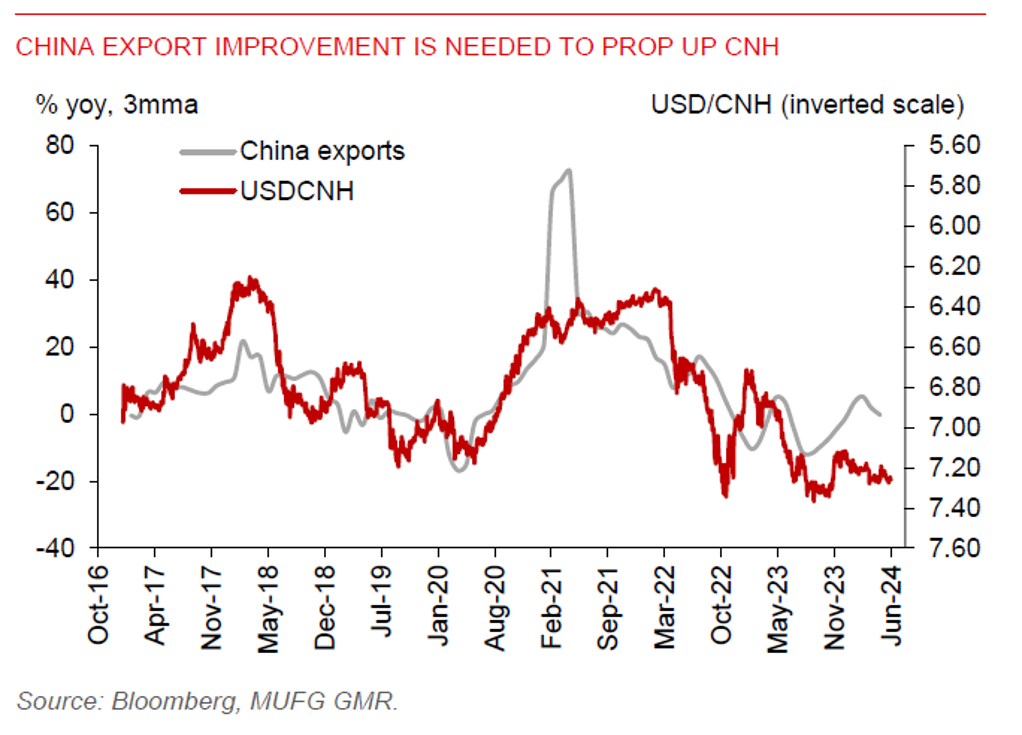Ahead Today
G3: US nonfarm payrolls, unemployment rate, and hourly earnings, Germany industrial production, Eurozone final Q1 GDP, Japan leading index
Asia: China trade, RBI policy decision, foreign reserves data for several economies, Thailand inflation, and Taiwan trade
Market Highlights
The ECB lowered interest rates by 25bp to 4.25% at its June meeting. There is no major market surprise, as the move has been well telegraphed by ECB officials. Policymakers said monetary policy will remain sufficiently restrictive and they won’t commit to a particular policy rate path. The headline inflation forecasts were also revised up by 0.2pps each to 2.5% in 2024 and 2.2% in 2025, both of which are above the official 2% target. ECB President Lagarde stressed that policy decisions will be data dependent. Markets have reduced their expectations for ECB rate cuts to 1.7 cuts, from 2.6 cuts a day ago, while taking off bets on an October rate cut.
In another sign that the US labour market may be moderating, the initial jobless claims rose to 229k in the week ending June 1 vs. 219k prior and Bloomberg consensus of 220k. Markets will turn their attention to the all-important non-farm payroll (Bloomberg consensus: 180k vs. 175k prior) and unemployment rate (Bloomberg consensus: 3.9% vs. 3..9% prior) data, to be released later today, for clues of labour market conditions.
The DXY USD index eased marginally ahead of Friday’s jobs report, while European equities were likely buoyed by the ECB rate cut.

Regional FX
Asia FX has broadly strengthened against the US dollar. The Thai baht was the best-performing regional currency yesterday, rising by 0.6% to 36.475 per US dollar. USDCNH has been weak, trading around the 7.2600 level. We look for a further improvement in China’s May exports, on the back of a pickup in global demand, to help lend support for the CNH. Meanwhile, USDINR traded slightly higher at 83.4775 ahead of the RBI policy rate decision. We expect the RBI to be on hold today. But we have pushed back the timing of the first RBI rate cut to Q1 2025, from Q4 previously, following the unexpected election result on 4 June. RBI will likely want to monitor possible policy shifts by the incoming government, while keeping a close watch on the monsoon, the impact of heatwaves, and the future fed funds rate path.

